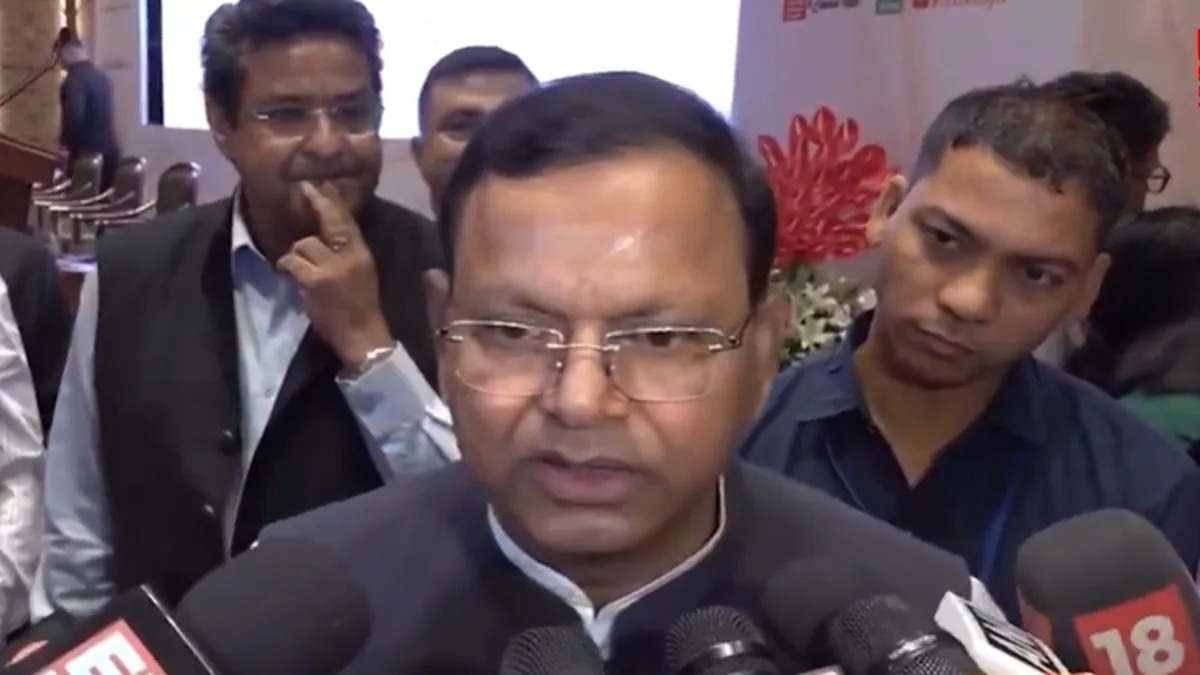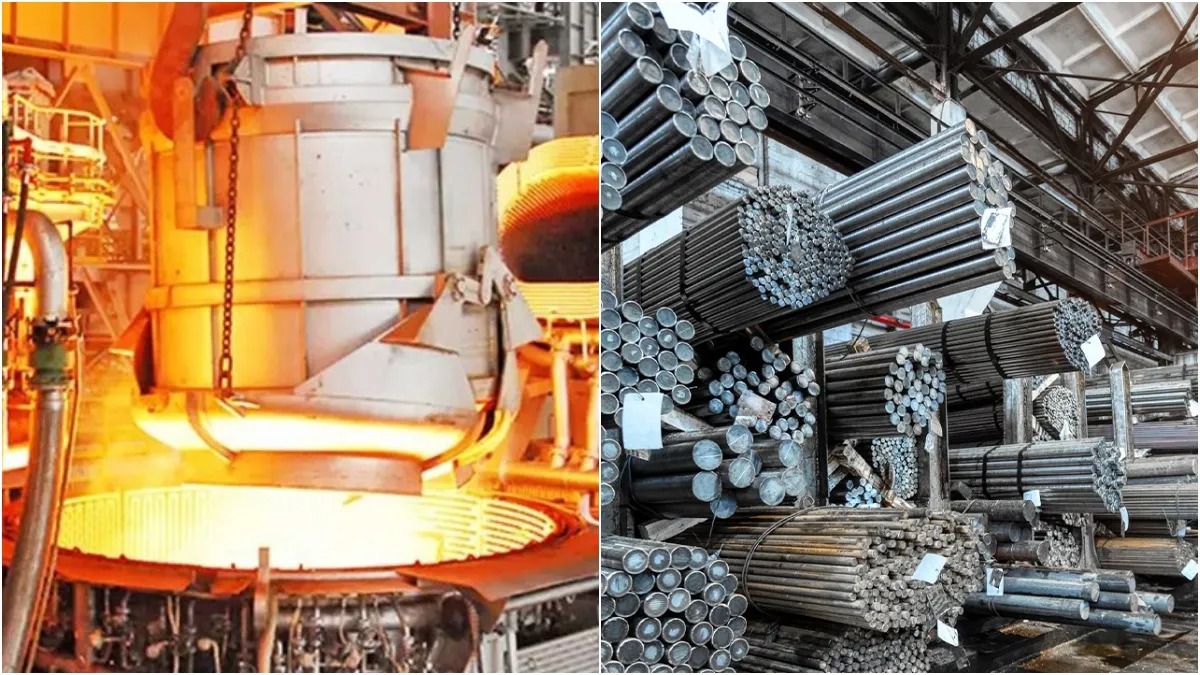
Reacting to U.S. President Donald Trump’s announcement of reciprocal tariffs, Minister of State for Finance Pankaj Chaudhary stated that India is currently analyzing the impact of the 26% tariff on Indian exports. Speaking at a public event, Chaudhary said, “If America comes first for Donald Trump, then India comes first for PM Modi too.”
The new tariff regime includes a flat 10% on all U.S. imports starting April 5, with additional rates—up to 26% for India—kicking in on April 10 for countries deemed high offenders. The U.S. has imposed varied tariffs on approximately 100 countries, 60 of which will face heightened import duties.
Commerce Ministry Begins Sector-Wise Analysis
A senior Commerce Ministry official confirmed that a detailed assessment is underway. The U.S. decision stems from its view that India imposes higher import duties on American goods. The move is aimed at reducing the U.S. trade deficit and boosting local manufacturing.
Notably, ongoing negotiations for a bilateral trade agreement between India and the U.S. are still on track. Both countries aim to finalize the first phase of the agreement by September or October 2025. The ministry also noted that the U.S. could consider lowering duties for countries that address its trade concerns.
Sectors That May Be Affected
Trade experts caution that India’s exports across several sectors could be impacted by the new U.S. tariffs. Key affected sectors may include:
Agriculture
Gems and Jewellery
Chemicals and Pharmaceuticals
Medical Devices
Electrical and Machinery Equipment
Understanding the Tariff Gap
The “high tariff difference” between the U.S. and India varies significantly across industries, which may influence how U.S. customs duties are structured:
Vehicles & Auto Parts: 23.1%
Diamonds, Gold & Jewellery: 13.3%
Chemicals & Pharmaceuticals: 8.6%
Electronics: 7.2%
Plastics: 5.6%
Machinery & Computers: 5.3%
Iron & Steel: 2.5%
Textiles & Apparel: 1.4%
India’s Position
Despite concerns, officials maintain that this is not a direct setback for India, but rather a "mixed result" with room for policy response and trade diplomacy. Compared to other countries facing even steeper tariffs, India is still seen as relatively better placed, especially with trade talks ongoing.

 Share
Share






